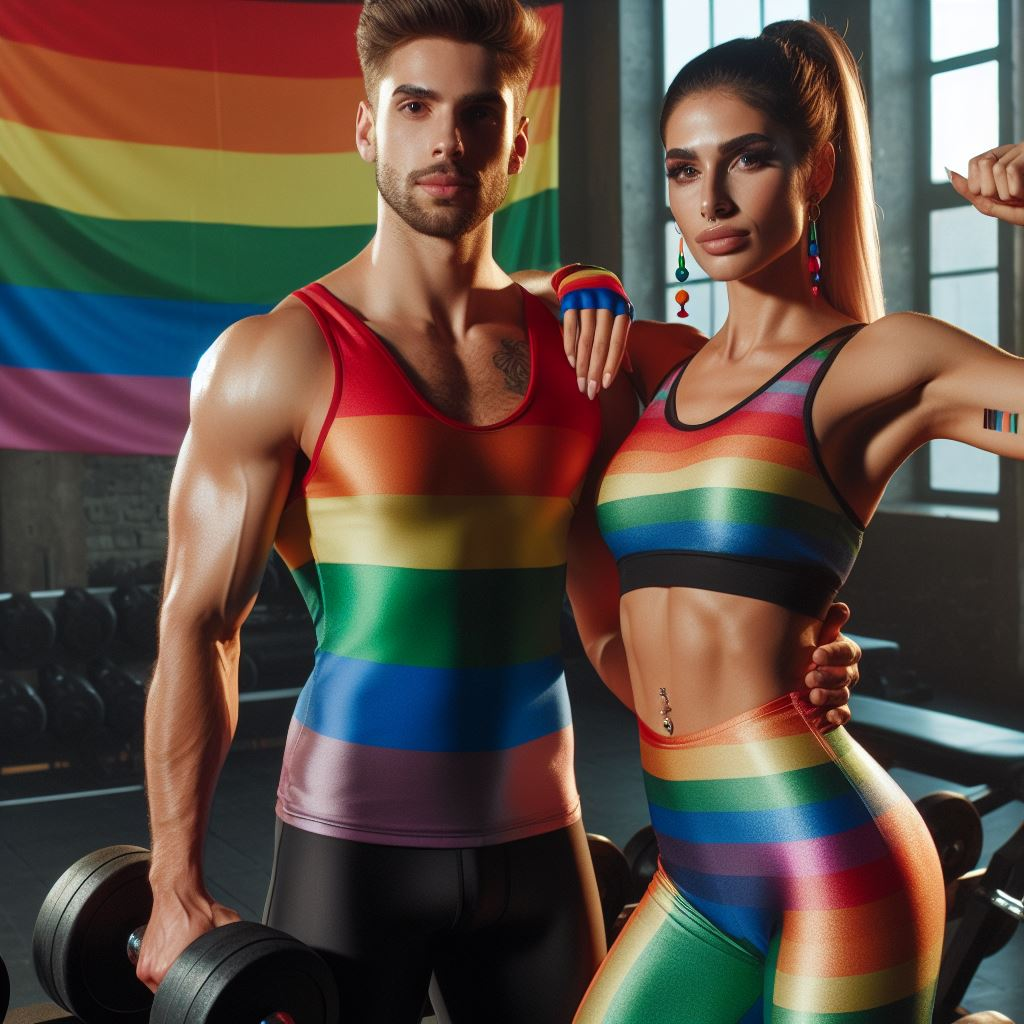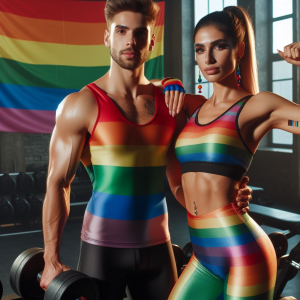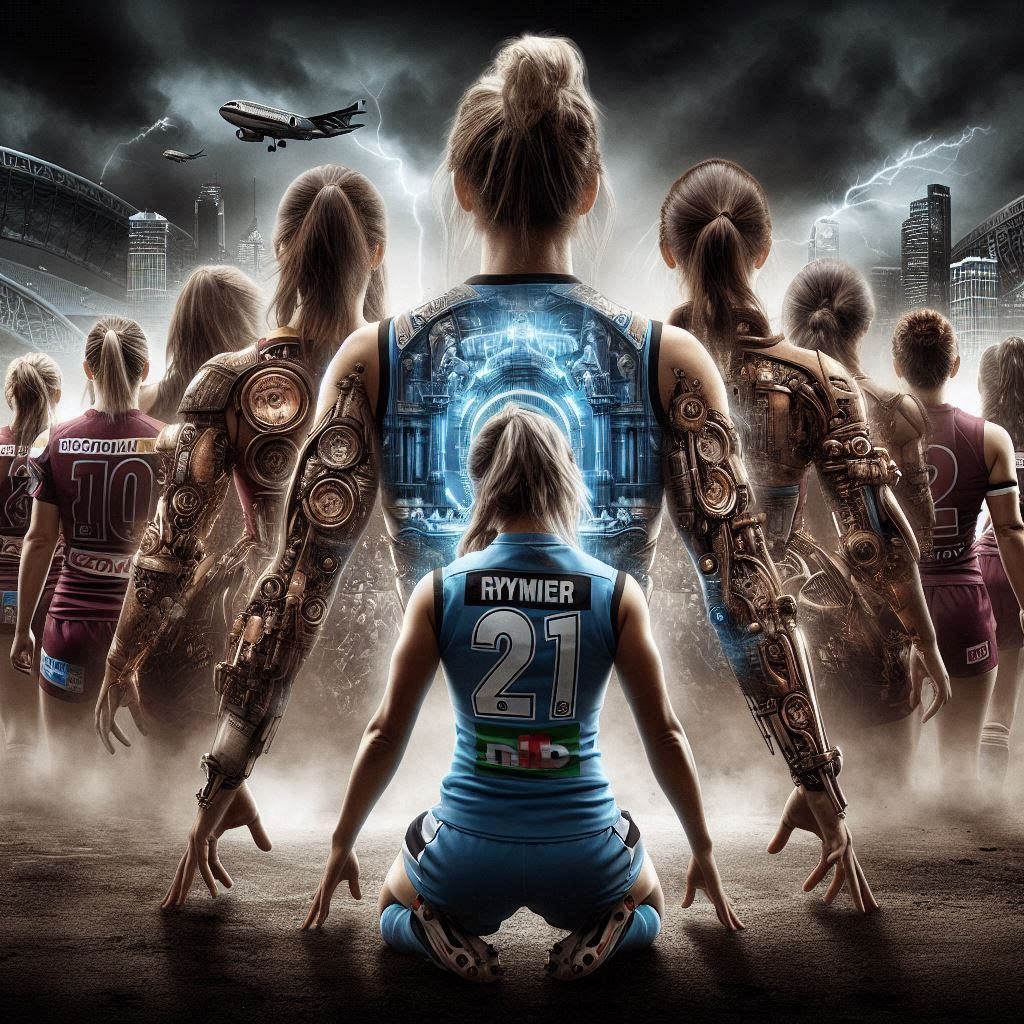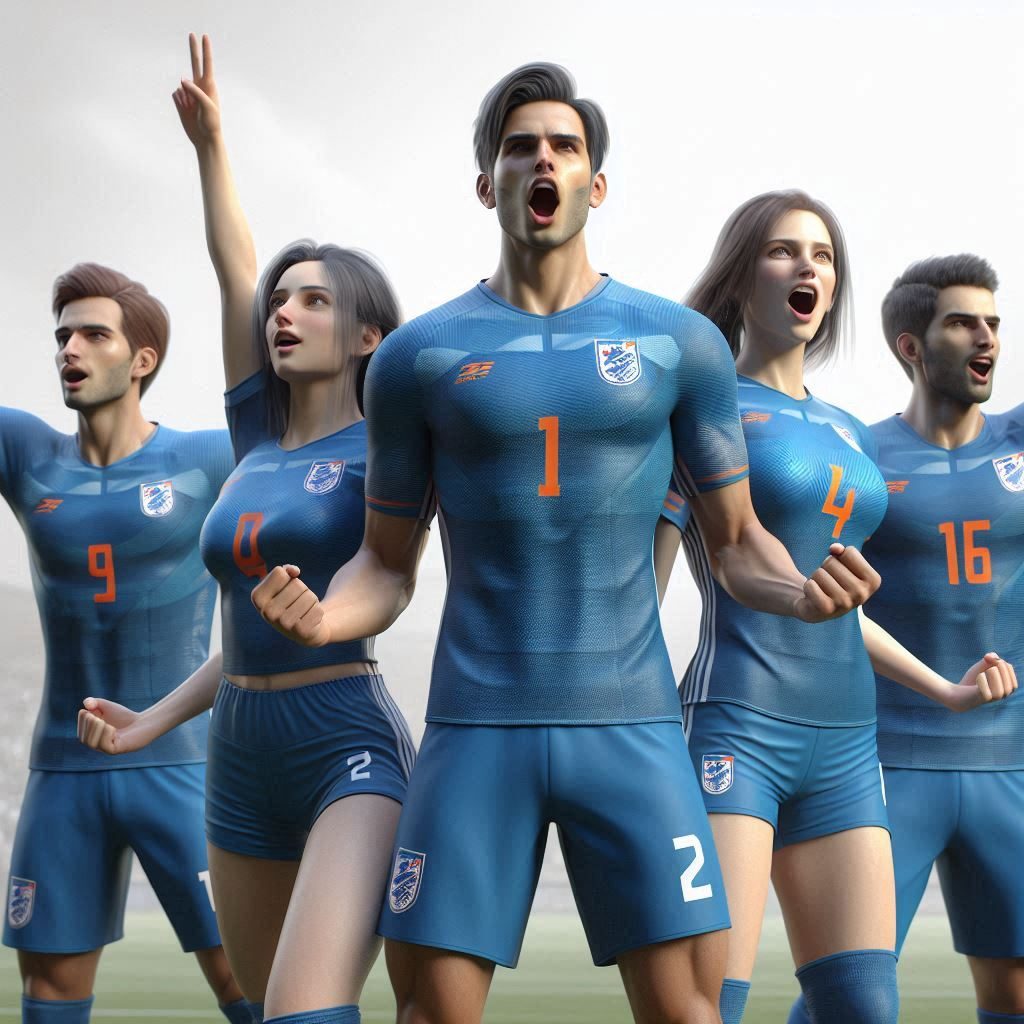The Impact of the LGBTIQ+ Community on Sports: A Geek’s Perspective
———————————————————
Introduction
Welcome, fellow geeks, to a realm where sports collide with rainbows, where locker rooms echo with spells of acceptance, and where hashtags wield the power of change. In this pixelated adventure, we’ll dissect how the LGBTIQ+ community shapes the sports arena, from leveling up visibility to rewriting the playbook. So grab your virtual dice, don your rainbow capes, and let’s embark on this quest!
Areas Of Impact
Youth and Junior Sports: The challenges begin early. LGBTQ+ youth participating in school sports may encounter prejudice, exclusion, and bullying. Coaches and educators play a crucial role in fostering an inclusive environment.
Professional Leagues: While progress has been made, professional sports leagues still grapple with acceptance. Some athletes come out openly, while others remain silent due to the fear of repercussions.
Locker Rooms and Team Dynamics: The locker room culture can be both supportive and hostile. Creating safe spaces where LGBTQ+ athletes feel respected and valued is essential.
Spectator Behavior: Fans’ behavior during games can impact LGBTQ+ players. Instances of derogatory chants or signs contribute to a hostile atmosphere.
Recent Progress
Visibility and Representation: The emergence of openly LGBTQ+ athletes has paved the way for greater visibility and acceptance. Their courage inspires others and challenges stereotypes.
Inclusive Initiatives: Programs like Pride in Sport and the Rainbow Roadmap actively work to create safer spaces for LGBTQ+ individuals in sports. These initiatives promote acceptance, education, and allyship.
1. Breaking Stereotypes: Challenging Traditional Norms
Sports have long adhered to rigid gender norms and heteronormativity. But behold—the LGBTIQ+ community emerges as the critical hit against these outdated norms. Trailblazing athletes and allies wield their +5 swords of acceptance, proving that athleticism transcends sexual orientation. The dies are cast, and the game begins!
2. Visibility Matters: Out and Proud Athletes
In this pixelated arena, visibility is our secret weapon. When high-profile athletes come out, they ignite a beacon of inspiration. Ian Thorpe, the Australian swimming legend, donned his rainbow armor, sparking conversations and paving the way for others. It’s like finding an elusive legendary item—a game-changer for acceptance.
3. Inclusive Policies: Changing the Game
Australia, like a well-crafted RPG, has questlines dedicated to inclusivity. The Australian Sports Commission acknowledges the need for safe spaces. Programs like “Pride in Sport” and the “Rainbow Roadmap” enchant our sports community, buffing us against homophobia and transphobia. Our inventory now includes tolerance potions and empathy scrolls.
4. The Locker Room Quest: Creating Safe Spaces
Picture a locker room where everyone feels welcome—regardless of their gender identity or sexual orientation. The LGBTIQ+ community, our guild of wizards, casts spells of acceptance. Jerseys hang side by side, and adventurers strategize without fear. It’s like finding the hidden warp zone to team morale.
Creating Safe Spaces In Separate Sectors & Do We Need To?
Historical Discrimination and Hostility
Legacy of Exclusion: Historically, sports have been male-dominated spaces, perpetuating traditional gender norms and heteronormativity. The LGBTIQ+ community faced exclusion, discrimination, and hostility within these structures.
Safe Havens: Creating separate sectors allows the community to establish safe spaces where they can participate without fear of prejudice or mistreatment. These spaces prioritize acceptance and understanding.
The Reality Of Discrimination
Homophobia and Transphobia: Despite progress, discrimination based on sexual orientation and gender identity persists in sports. Many LGBTQ+ individuals encounter homophobia and transphobia, both overt and subtle. This affects their participation, mental health, and overall well-being.
Silencing and Stigmatization: LGBTQ+ players, parents, coaches, and fans often face silencing and stigmatization. Fear of being open about their identities can lead to exclusion and isolation within sporting environments.
Bullying and Abuse: Studies reveal that bullying and abuse directed at LGBTQ+ athletes are still prevalent. These harmful behaviors can occur at all levels, from junior leagues to professional sports.
Challenging Stereotypes
Breaking Barriers: By forming their own leagues and events, the LGBTIQ+ community challenges stereotypes associated with athleticism, gender, and sexual orientation. They demonstrate that sports transcend traditional norms.
Visibility and Representation: These separate sectors provide visibility for out and proud athletes, inspiring others and dismantling misconceptions.
Tailored Inclusivity
Customized Policies: Separate sectors allow for tailored policies and practices. Initiatives like Pride in Sport and the Rainbow Roadmap address specific needs, combat discrimination, and promote inclusivity.
Community-Centric Approach: These programs focus on creating welcoming environments, educating allies, and fostering understanding within the community.
Building Community & Connection
Social Bonds: Events like the Glam Slam during the Australian Open foster community connections. They celebrate diversity, promote gender equality, and strengthen social ties.
Visibility and Empowerment: Separate sectors increase visibility, empowering individuals to embrace their identities and participate confidently.
A Quest For Acceptance
While integration is essential, separate sectors serve as stepping stones toward a more inclusive sporting landscape. As we continue this quest, let’s celebrate the strides made by the LGBTIQ+ community and work together to create a realm where acceptance reigns supreme.
Improving Inclusivity For The LGBTIQ+ Community In Sports
While strides have been made toward inclusivity, there remains ample room for improvement in creating a more welcoming environment for the LGBTIQ+ community within sports. Let’s explore how we can do better and foster a truly inclusive sporting landscape.
1. Robust Policies and Education
Policies: Sports federations and organizations must establish clear and strict policies that explicitly respect and protect the rights of LGBTQ+ athletes. These policies should address discrimination, harassment, and inclusion.
Education: Coaches, athletes, and administrators need education and training on LGBTQ+ issues. Understanding terminology, recognizing biases, and promoting allyship are essential steps.
2. Visibility and Representation
Role Models: Celebrate and amplify the voices of openly LGBTQ+ athletes. Their visibility inspires others and challenges stereotypes. Encourage more athletes to come out and share their stories.
Inclusive Media Coverage: Media plays a crucial role in shaping perceptions. Ensure that LGBTQ+ athletes receive fair and positive coverage, highlighting their achievements beyond their sexual orientation or gender identity.
3. Safe Spaces and Support Networks
Locker Rooms and Team Dynamics: Create safe and respectful locker room environments. Coaches and team leaders should actively discourage derogatory language and foster camaraderie.
Support Networks: Establish support networks within sports clubs and teams. Peer support and mentorship can make a significant difference for LGBTQ+ athletes.
4. Pride Cups and Inclusive Events
Pride Cups: Encourage sports clubs and leagues to organize Pride Cup events. These events celebrate diversity, raise awareness, and promote acceptance. They can be instrumental in creating long-term change.
Inclusive Competitions: Host inclusive competitions where LGBTQ+ athletes feel welcome. The Glam Slam, organized by VicTennis during the Australian Open, exemplifies this approach. It provides a genuine Grand Slam experience for our diverse community, fostering stronger social connections
5. Breaking Down Stereotypes
Challenge Assumptions: Break down stereotypes associated with gender and sexual orientation. Showcase the diversity of talents within the LGBTQ+ community across various sports.
Youth and Grassroots Programs: Invest in programs that promote inclusivity from an early age. Youth and grassroots sports are fertile ground for shaping attitudes and behaviors.
Conclusion
As the credits roll, we reflect on our quest. The LGBTIQ+ community isn’t just a side quest; it’s the heart of our storyline. We’ve battled stereotypes, wielded visibility, and crafted safe havens. But the game isn’t over. Let’s continue leveling up, forging alliances, and ensuring that rainbow banners fly high in every stadium.
Join The Discussion
The comments section awaits your input. How do you envision the future of sports in a world where acceptance is the ultimate power-up? Share your thoughts, theories, and magical insights. Let’s keep the conversation alive, pixel by pixel.
#SportingEquality #QueerChampions #LoveIsLove #InclusiveSports #RainbowJerseys #AcceptanceMatters #VisibilityInSports #SafeSpaces #PrideInSport #GenderInclusivity #LGBTIQCommunity #GameChangers #LevelUp #Empowerment #JoinTheDiscussion




2 thoughts on “The Impact of the LGBTIQ+ Community on Sports”